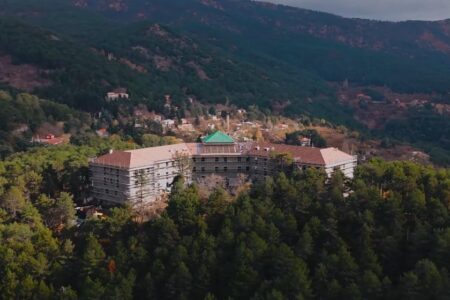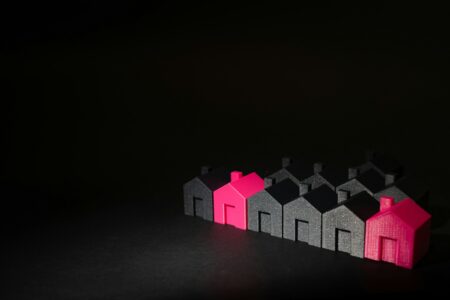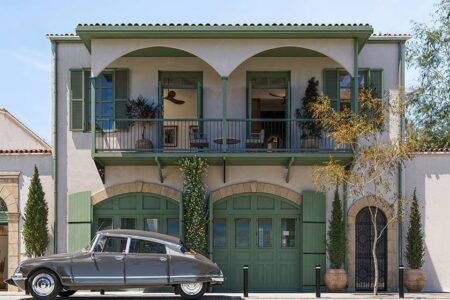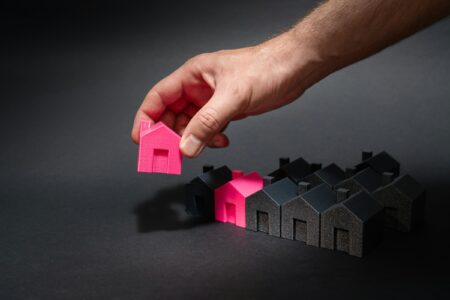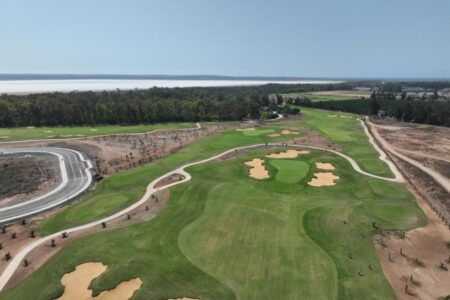14.04.2022
The war in Ukraine is hurting the Cyprus property industry as the already inflated cost of building materials gets even higher as barriers to international trade increase.
According to the Central Bank of Cyprus (CBC), the annual cost of building materials rose by 17.3% in March compared to last year.
“Given that most building materials are imported, the war in Ukraine and supply chain problems affecting international trade are expected to further increase construction costs. This may have a negative impact on demand in the future,” the Central Bank said in a comment.
Noting that the cost of building materials has increased significantly, the CBC reported that property prices in Cyprus in recent years have not shown the significant upward trend seen in other eurozone countries, with the exception of luxury apartments in Limassol. It states that the island’s real estate market is still dependent on local demand, mainly for housing.
Most real estate transactions in Q4 2021 were for properties in the €100,000 to €300,000 price range. The buyers were people in the main housing market and investors who were looking for properties they could profit from renting out.
The housing price index of the Central Bank (houses and apartments) recorded an increase in the 4th quarter of 2021.
Quarterly growth was 1.3% compared to 0.6% in the third quarter of 2021, while year-on-year, the index recorded an increase of 2.6% compared to 1.2% in the previous quarter. The increase in housing prices is mainly due to the purchase of apartments.
Housing prices rose 1% and 0.7% qoq, while apartment prices rose 6.3% qoq and 1.3% qoq.
During the fourth quarter of 2021, house prices increased quarterly in all areas except Larnaca, where there was a slight decrease of 0.3%.
Nicosia recorded an increase of 1.2%, Limassol – 1.9%, Paphos – 0.6% and Famagusta – 2.7%.
An annual increase in housing prices was recorded in all areas.
House prices in Nicosia rose by 0.4%, in Limassol by 5%, in Larnaca by 2.1%, in Paphos by 2% and in Famagusta by 1.4%.
Housing prices rose quarterly in all areas except Larnaca and Paphos.
Nicosia, Limassol and Famagusta rose by 1.4%, 0.7% and 2.3% respectively.
By contrast, in Larnaca and Paphos, house prices fell by 0.5% and 0.6% over the quarter.
Over the year, house prices rose in Limassol and Larnaca by 3.1% and 1.7% respectively. On the other hand, house prices in Nicosia fell by 0.7%, Paphos by 0.8% and Famagusta by 0.3%.
Apartment prices rose quarterly in all districts
Paphos posted the highest growth at 4.5%, followed by Limassol and Famagusta at 3.4%, Nicosia at 0.8% and Larnaca at 0.3%.
On an annualized basis, apartment prices also rose in all districts.
Paphos again showed the biggest growth at 9.6%, Famagusta at 7.4%, Limassol at 6.6%, Larnaca at 3.5% and Nicosia at 2.6%.
“The continued rise in house prices is mainly due to domestic demand, which accounts for the largest market share.To a lesser extent, this is also due to the stabilization of demand from foreign investors and the increase in construction costs.”


